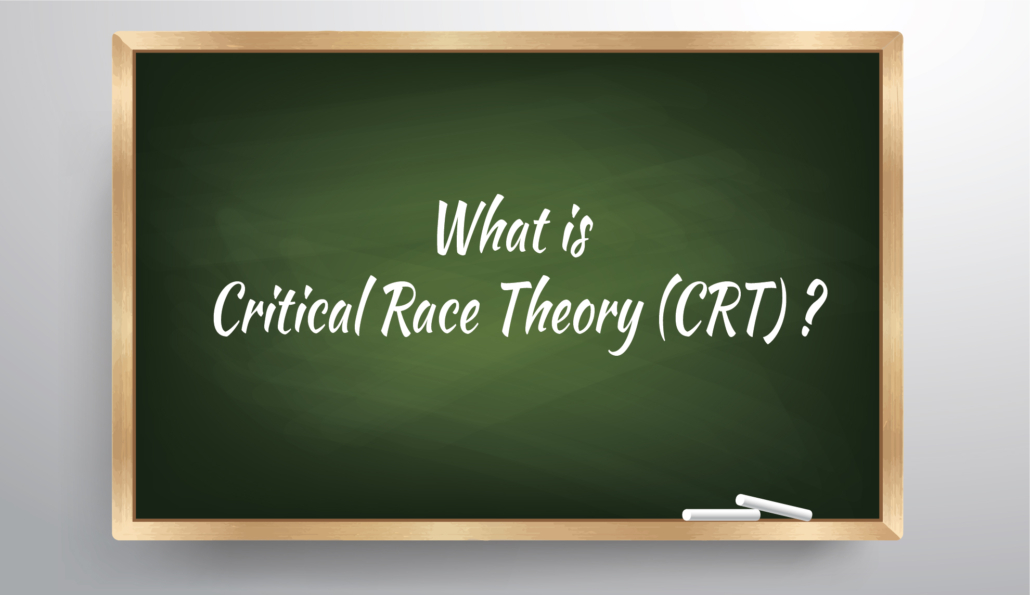Did you know?
The facts about critical race theory
Critical Race Theory (CRT) Currently has sparked a fire storm of debate and confusion regarding what it is, and what it means. There is also some confusion as to whether a connection exists with terms like “anti-racism” and “social justice”. Within the current debate is an ongoing attempt to define its purpose. Is Critical Race Theory meant to divide, impose white guilt, or is it critically important step in understanding and reversing racial discrimination to achieve racial equity?
Recently, school boards, superintendents, principals, teachers and even some communities are being confronted with everything from easy-going questions to aggressive and hostile push back, as to whether CRT should be taught in schools. Admittedly, there are significant disagreements even among experts about CRTs exact definition.
The following information is a simplified starting point to assist with grasping a few core aspects of CRT.
With all the current public attention and news coverage, one would believe that CRT is something new, or a groundbreaking political issue. This is far from correct, Critical Race Theory (CRT) began in the legal academy in the mid-1970s in the writings of several American legal scholars, including Derrick Bell, Alan Freeman, Kimberlé Crenshaw, Richard Delgado, Cheryl Harris, Charles R. Lawrence III, Mari Matsuda, Patricia J. Williams, and others. Since the mid-1970s, the study of CRT has grown throughout the 1980s and 1990s and currently continues in the domain of graduate and legal study.
According to the American Bar Association (americanbar.org)
“CRT is not a diversity and inclusion “training” but a practice of interrogating the role of race and racism in society that emerged in the legal academy and spread to other fields of scholarship. Crenshaw—who coined the term “CRT”—notes that CRT is not a noun, but a verb. It cannot be confined to a static and narrow definition but is considered to be an evolving and malleable practice. It critiques how the social construction of race and institutionalized racism perpetuate a racial caste system that relegates people of color to the bottom tiers. CRT also recognizes that race intersects with other identities, including sexuality, gender identity, and others.”
To summarize, CRT’s objective is not to point fingers at a group of people or bad actors, but a review of where policy and race overlap. It’s an examination of many of our nation’s policy’s, laws, and systems—that were created when people of color were blocked from partaking in American society and how those structures continue to play a role in outcomes today.
Critical race theorists recognized that laws and the legal system could be used to deepen racial inequality, they also acknowledged that laws and the legal system can be a potential tool for emancipation, to secure racial equality, and help obtain and protect civil rights.
It must be said that while the CRT debate is primarily taking place during school board meetings. Some of the most powerful examples for examination are within the education system. A glimpse of where race, the law, and policy intersect, in history and how today it is a component of why racial inequality persists in the “post–civil rights” era.
History
One example is the story of the “Little Rock Nine”, on September 4, 1957, President Eisenhower ordered the 101st Airborne Division to escort and ensure the safety of nine African American students to enter Central High School, upholding the rulings of the Supreme Court. This was an answer to Governor Faubus’s order to the Arkansas National Guard to surround and to keep the nine students from entering the school. Another example six years after the U.S. Supreme Court invalidated racially segregated education in Brown v. Board of Education (1954). Ruby Bridges being escorted into a New Orleans Elementary School by armed guards.
Now today
In the examination to understand the outcomes when discrimination and the lack of policy are perpetuated in the law and how those biases shape outcomes today, in society, the economy, and culture. These intersections have led to current racial inequality in education, including:
- A curriculum that imposes a dominant white narrative of history and excludes spans of lived experiences of African Americans and other people of color
- The effort to remove parts of lived experiences and history of African Americans and other people of color
- School discipline policies that disproportionately impact students of color (ex: prohibiting natural Black hairstyles);
- Underfunding of schools in property-poor districts, that are usually composed mostly of children of color; and
- The persistence of racially segregated education after Brown v. BOE.
House Bill 322 and House Bill 327 were both presented in the Ohio House’s State and Local Government Committee.

